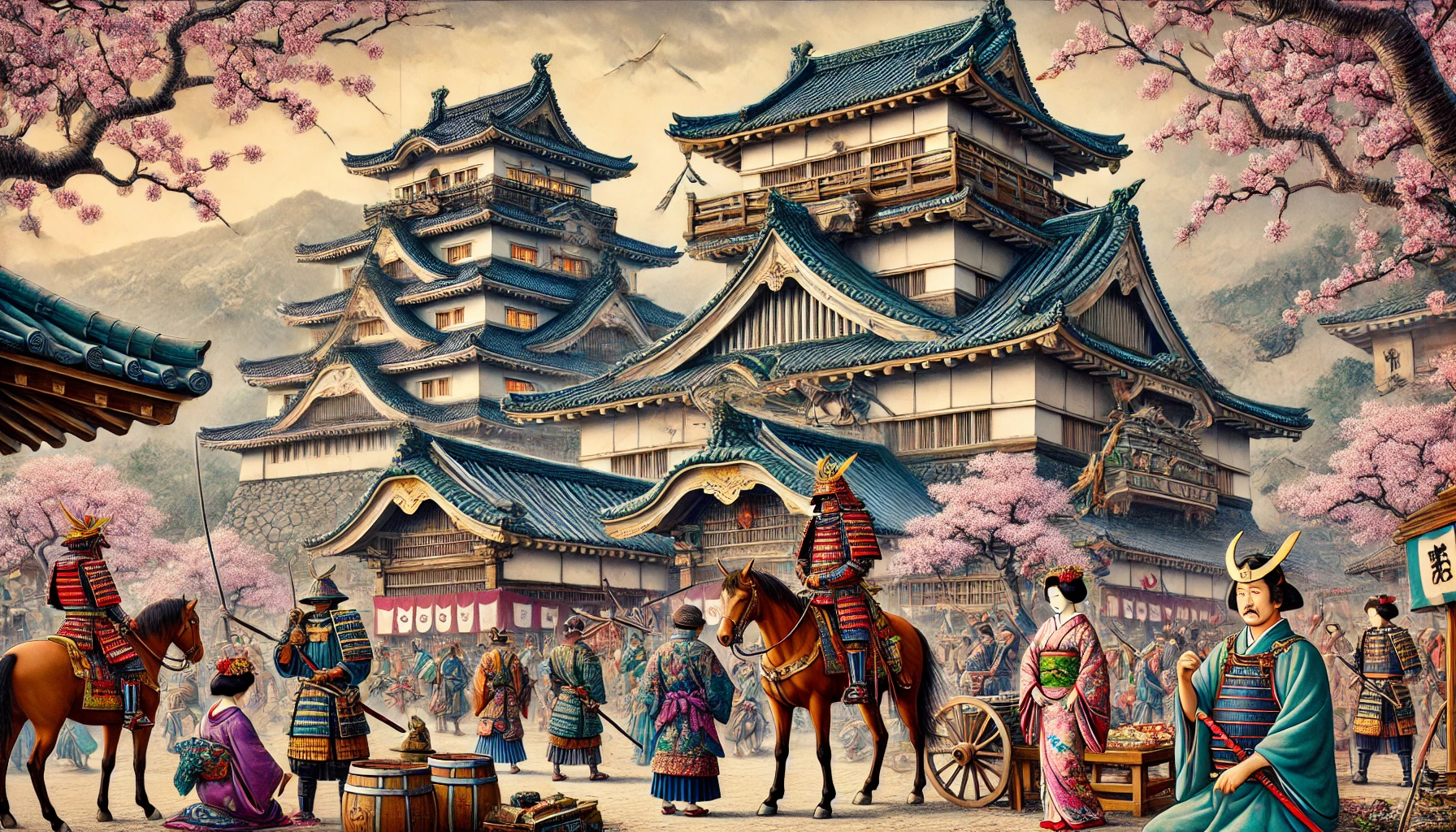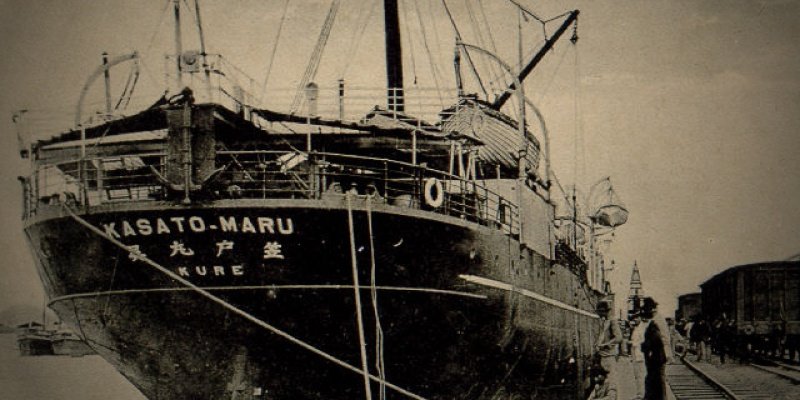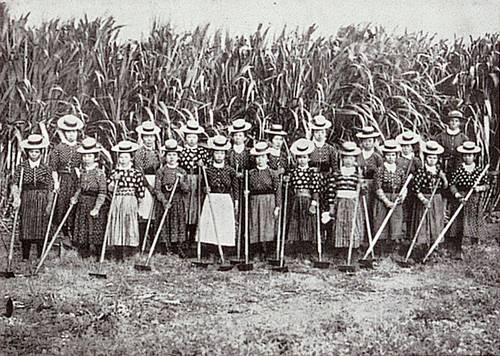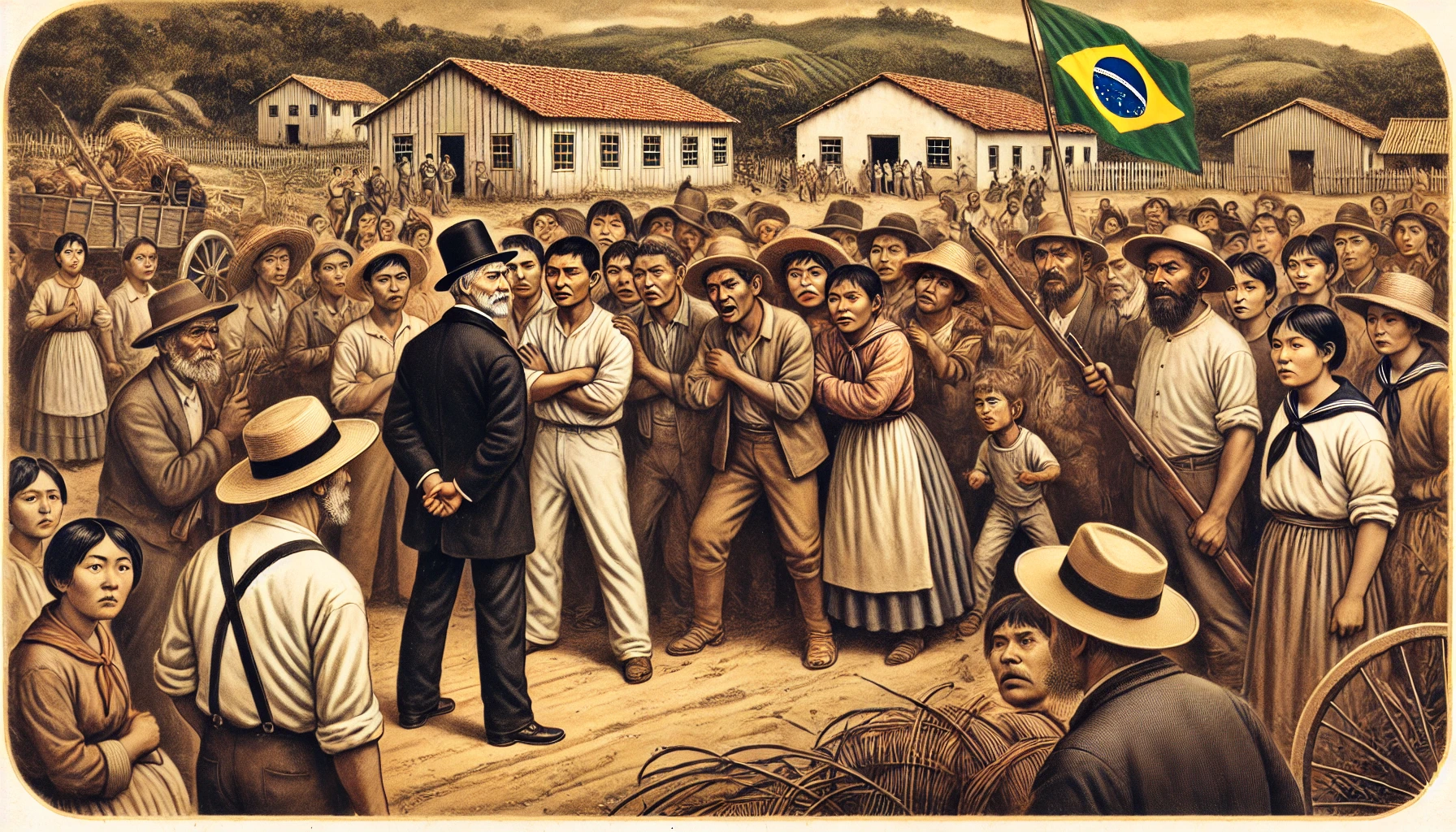Did you know that Brazil once imprisoned Japanese people in concentration camps and ordered 10,000 immigrants to abandon their homes in the middle of the night? And that, for a very short time, the entry of Japanese people was not banned in Brazil? Today, we are going to tell the true story of the Japanese in Brazil.
Table of Content
The Historical Context
At the end of the 19th century, Japan was going through a serious economic crisis. After 265 years of isolation during the Tokugawa shogunate, the country faced economic and social difficulties. The modernization of agriculture left thousands of peasants unemployed, and many small farmers lost their land due to new tax policies.
During the period of isolation, Japan did not exhibit products and only produced the food it consumed. This resulted in widespread famines whenever there were crop problems. With the end of the Tokugawa shogunate in 1868, Japan began to open up to the world, ushering in an era of reform and modernization.
These changes, although necessary, brought new challenges. The agrarian reform modernized agriculture, but it also made many peasants unemployed. Furthermore, the government began to collect taxes in cash, which put many small farmers into debt and caused them to lose their land.

The Great Immigration Policy
To resolve the crisis, Japan implemented a major immigration policy in 1880, aiming to send its poor and unemployed population to other countries. At the same time, Brazil, which had abolished slavery in 1888, needed cheap labor to replace slave labor. Thus, the Brazilian government encouraged the immigration of other nationalities, but with restrictions for Asians and Africans, preferring Europeans.
Decree 528, signed by President Deodoro da Fonseca in 1890, limited the entry of Asians into Brazil. Despite this, the need for cheap labor caused Brazil to begin considering Japanese immigration. In 1902, Italy ended subsidized emigration to Brazil, further increasing the demand for workers.
In 1905, Japanese minister Fukashi Sugimura visited Brazil and reported to the Japanese government about the hospitality of Brazilians. This report was fundamental for Japan to see Brazil as a promising destination for its immigrants.

The Arrival of the First Immigrants
In 1907, Brazil created the immigration and colonization law, regularizing the entry of immigrants and eliminating previous restrictions. In the same year, a group led by judge Saburo Kumabe came to Brazil to work at Fazenda Santo Antônio in Macaé, Rio de Janeiro. Unfortunately, this first attempt was a failure due to lack of agricultural experience and other problems.
Problems faced included soil infertility, lack of investment, malaria epidemics and wild animal attacks. Furthermore, the group sent by Japan was made up of people from various urban professions, such as lawyers and teachers, with no experience in cultivating the land.
Despite this initial failure, Brazil's need for labor and Japan's desire to get rid of its surplus population continued to align the interests of the two countries. In 1908, the ship Kasato Maru brought 781 Japanese people to Brazil, marking the beginning of a new era in Japanese immigration.

The Expansion of Japanese Immigration
After 1917, Brazil began to receive a large number of Japanese immigrants. Between 1917 and 1940, around 164,000 Japanese arrived in the country, mainly to work on the coffee plantations in São Paulo. Cultural and economic difficulties were great, but many Japanese managed to settle and prosper.
Japanese immigrants faced several difficulties, such as language barriers, cultural differences and terrible working conditions on coffee farms. Many families abandoned farms due to low wages and precarious living conditions.
Even so, Japanese immigration continued to grow. In 1912, groups of Japanese began to settle in neighborhoods of São Paulo, such as Liberdade, forming communities that supported each other.

Discrimination and Contributions
Discrimination and Prejudice
Despite the growth of the Japanese community, discrimination was intense. In 1938, the government of Getúlio Vargas implemented nationalist policies that restricted the lives of foreigners. Decree No. 383 prohibited foreigners from forming associations, participating in political activities, teaching children literacy in other languages and even speaking foreign languages in public. These measures aimed at cultural assimilation, but caused great suffering to immigrant communities.
During World War II, the situation worsened. Japanese immigrants, along with Germans and Italians, were treated as enemies. Around 31 concentration camps were built in Brazil for foreign prisoners, where the Japanese were subjected to forced labor and constant humiliation. In 1942, approximately 10,000 Japanese were forced to abandon their homes in Santos and move to the interior, under unfounded accusations of espionage.
Furthermore, many Japanese immigrants were arrested or deported on suspicion of espionage, often based on false reports made by neighbors. Racism was legitimized by pseudoscientific theories, such as social Darwinism, which justified the racial superiority of Europeans over other ethnicities.

Contributions of Japanese Immigrants
Even with all the persecution, Japanese immigrants contributed significantly to Brazil. They introduced new agricultural techniques and crops, such as persimmons, Fuji apples, and strawberries. The Japanese community helped to develop intensive agriculture in the country, making the most of the fertile soils. Intensive cultivation techniques, such as planting in reduced spaces, have increased agricultural productivity.
In addition to agricultural contributions, the Japanese brought a series of cultural values and practices that enriched Brazilian society. The sharecropping system allowed many immigrants to save and buy their own land, contributing to the economic development of several regions. Discipline, hard work, and an emphasis on education are also important legacies of Japanese immigrants.
Integration and Acceptance
Social Ascension
With the end of World War II, Japanese immigrants began to receive their rights back, and many decided to stay in Brazil. Discrimination decreased over time, and the Japanese began to integrate more into Brazilian society. In the 1960s and 1970s, the Japanese-Brazilian community expanded to the cities, where they opened small businesses and invested in their children's education.
Japanese culture highly values study and work, which made immigrants strive to provide their children with a good education. Many Japanese managed to place their children in good schools and universities, prioritizing prestigious courses such as law, engineering and medicine. In 1977, although the Japanese represented only 2.5% of the population of São Paulo, they were 13% of those approved at USP, 12% at FGV and 16% at ITA.
Harmonic Coexistence
Today, coexistence between Brazilians and Japanese is peaceful and harmonious. Japanese culture is valued and respected in Brazil, with events and celebrations that promote cultural integration. The story of Japanese immigrants in Brazil is an example of overcoming and mutual contribution, showing that, with time and effort, different cultures can coexist in harmony.
Japanese immigrants helped transform Brazil's cultural and economic landscape. They introduced more than 50 types of foods, such as fruits and vegetables, which were unknown in the country. They developed intensive agriculture and contributed to agricultural diversification, improving the production and quality of Brazilian products.
Wrapping Up
The history of the Japanese in Brazil is marked by challenges and achievements. From the arrival of the first immigrants, through the difficulties faced during the Second World War, to their integration and contribution to Brazilian society, the Japanese left a significant legacy in the country. Today, we celebrate the diversity and cultural richness that this community brought to Brazil, reinforcing the importance of respect and peaceful coexistence between different peoples.
If you want a complete video of the history of the Japanese in Brazil, we recommend the video below:
